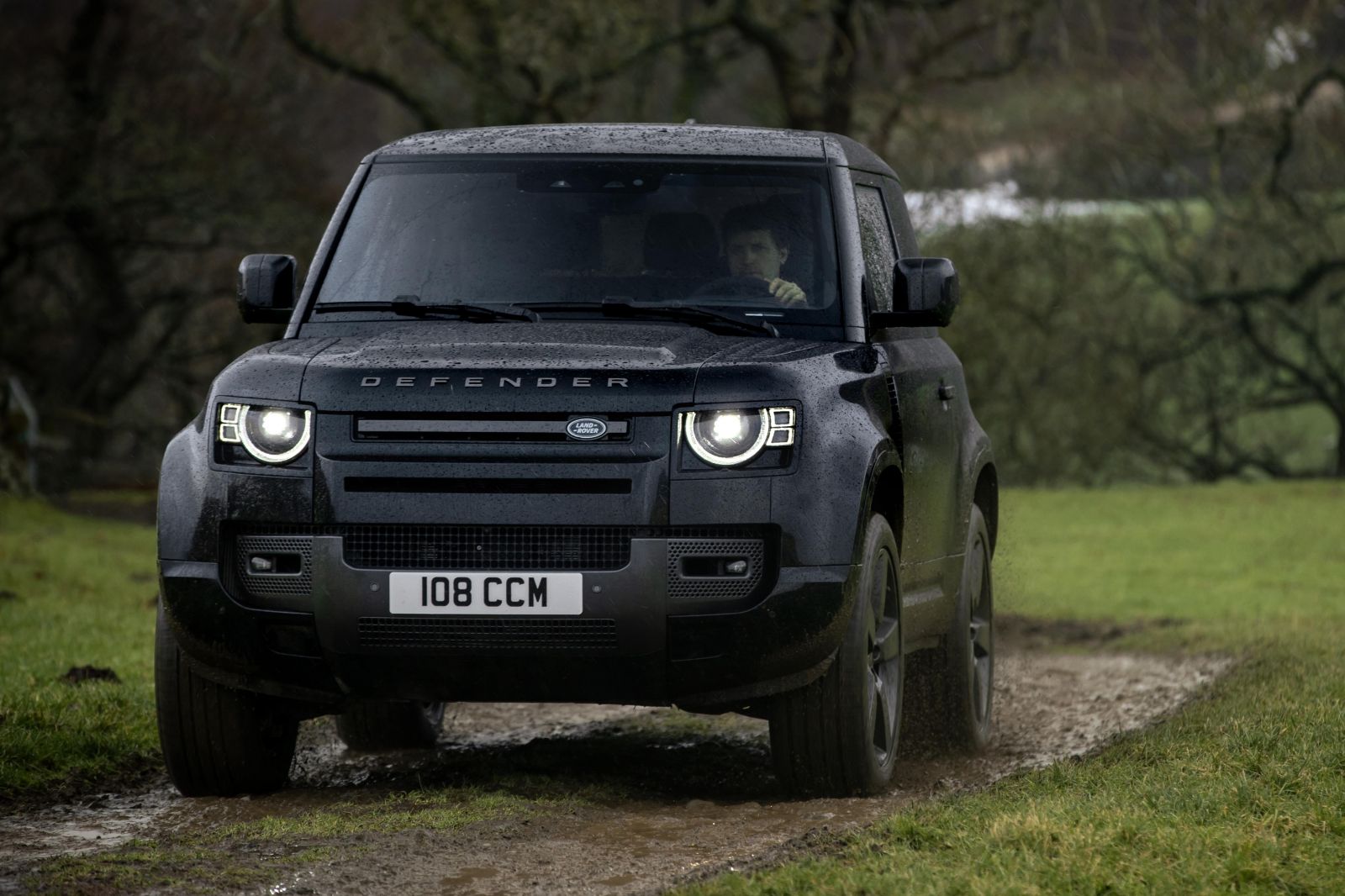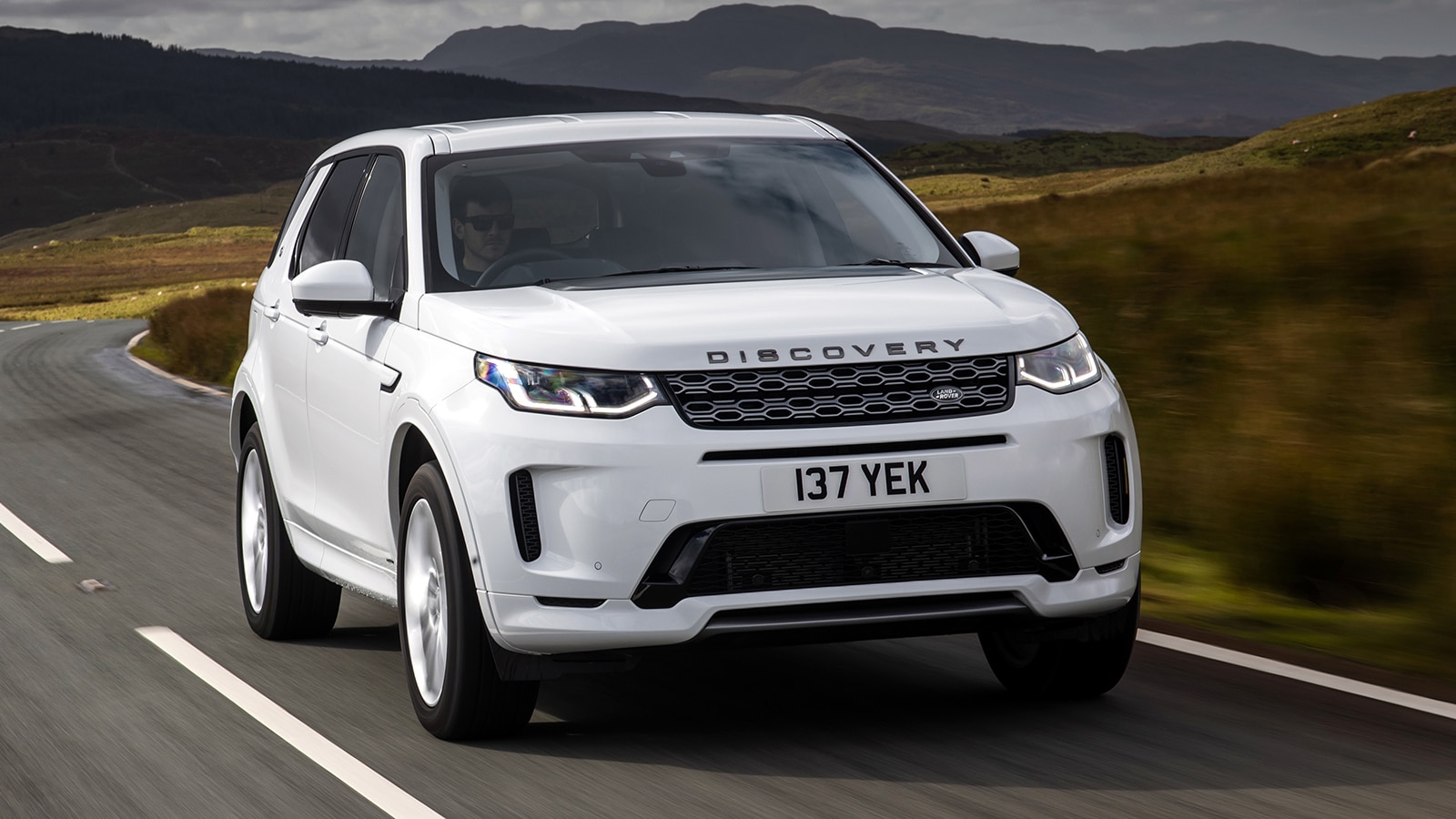

They take the usual active noise cancellation technology and create “quiet zones'' for the front and outboard second-row seats. Land Rover went a bit mad with the optional Meridian Signature system, scattering 35 speakers throughout the cabin, but I want to pay special tribute to the dual 2.4-inchers embedded in the front four headrests. The new MLA-Flex architecture aids the quiet cabin, too, with a claimed “24-percent improvement in noise transmission.” I know, that's a meaningless stat, but here's the bottom line: this is far and away the quietest Range Rover ever.īut mechanical and assembly tweaks tell only part of the story. For comparison, the sleek, low-riding Jaguar I-Pace's CoD is 0.29. Designers aimed to make shut lines as flush as possible, and the Range Rover's overall shape cuts through the air better than before, resulting in a drag coefficient of 0.30. That's partially down to the (relatively speaking) impressive aerodynamics.

During a drive along the blustery coastal roads north of San Fran, the breeze coming off the water was irrelevant. The slap also detracts from the Range Rover's excellent control of wind noise. Tire noise was a recurring annoyance, and I'm eager to test a Range Rover with 21- or 22-inch alloys to see if the problem remains.

The cabin is tomb-like, right up until an expansion joint caused an annoying slap from the 23-inch wheels and 285/40 tires fitted to every vehicle at the program. The bench itself is a comfortable and supportive partner on long drives regardless of wheelbase, but the available four-seat Range Rover SV takes all that space and matches it with first-class luxury.Ī short highway-heavy from San Francisco International to a hotel in the heart of the city trip served not only as a primer in all things SV but was my first taste of the new Range Rover in motion. The Range Rover's advantage over both conventional competitors and alternative rivals, including the Rolls-Royce Cullinan and Mercedes-Benz S-Class, ranges from 4.0 to 10.0 inches. There's little change in the second row when choosing between the SWB five-seat layout and the LWB seven-passenger arrangement, but the availability of the two-row setup and the longer wheelbase creates one of the roomiest passenger areas on the market. But there's no shortage of flexibility thanks to the two wheelbase options. Dedicated climate vents live near the outboard armrests, which is also home to a pair of smallish (by American standards) cupholders and a USB-C outlet per side.Ĭuriously, Land Rover isn't offering the Range Rover in a six-passenger variant. BMW includes it in an $1,100 option pack, while Mercedes doesn't offer is as an option. It's little surprise the entire Range Rover family is so well contented, but the new third row exceeds the competition with standard heating. But for shorter adults or kids, the space on hand is generous and usable. Toting six other tall humans, will require some give and take between the second- and third-row passengers. Taller adults will find the rear bench cozy rather than oppressive – I'm six-foot-two and my head was brushing the headliner while my knees were a bit tight with 34.0 inches of leg space, which is down 0.6 on the Mercedes GLS and up about the same on the BMW X7. A quick tap slides both the first and second rows forward, and tips the latter up, opening a generous aperture.

Available exclusively with the longer 126.0-inch wheelbase (8.0 inches more than the SWB) the $6,000 third-row bench option is worthy of the Range Rover's luxury icon status.Īccess comes via standard powered switches on the upper door jams of either rear door. But the star will be the new seven-seat model. For 2022, Land Rover will continue to offer the Range Rover in both short- and long-wheelbase varieties with the option of a two-row, five-passenger arrangement or a plusher two-plus-two setup.


 0 kommentar(er)
0 kommentar(er)
